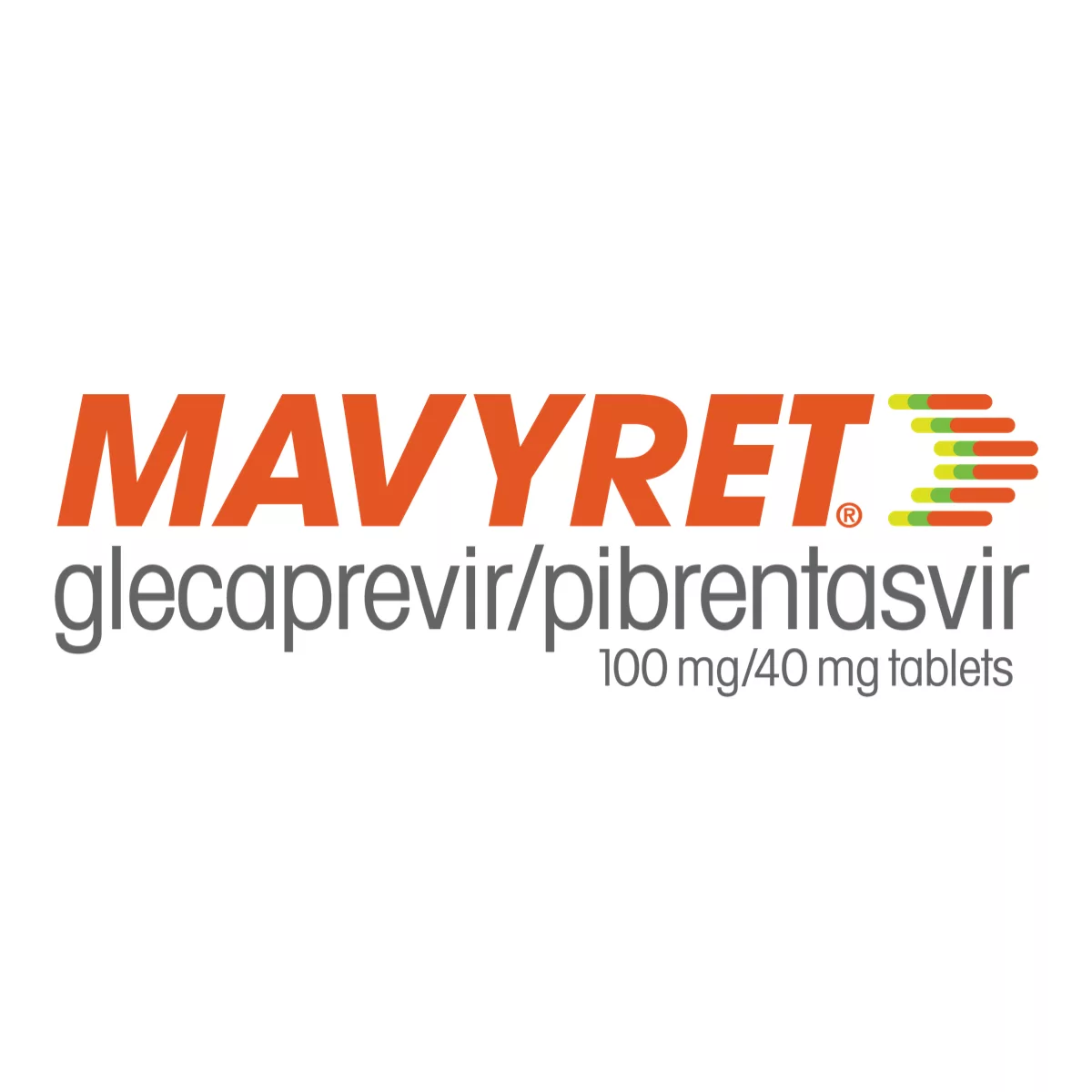Hey there! If you’ve landed on this page, chances are you (or someone you care about) is trying to sort out the details of Mavyret dosing. Good news – you’re in the right spot. In the next few minutes we’ll break down everything you need to know, from who can take the medicine to how many tablets you actually swallow each day. No jargon‑filled lectures, just a friendly chat that gets you the answers you’re looking for.
Who Can Use
What is Mavyret used for? In a nutshell, it’s a powerful, pill‑in‑one antiviral combo (glecaprevir + pibrentasvir) that treats chronic hepatitis C virus (HCV) infection across all six major genotypes (1‑6). It works whether you have no cirrhosis or just a compensated (Child‑Pugh A) liver scar. The drug is approved for adults and children aged 3 years and older, though the dose changes a bit for our little ones.
If you’ve ever wondered whether you’re a candidate, think about these quick checkpoints:
- Confirmed chronic HCV (any genotype) – what is Mavyret used for
- No decompensated liver disease (i.e., your liver is still doing its job)
- Not taking a handful of contraindicated meds like atazanavir or rifampin
- HBV testing done beforehand (we’ll get to that later)
Having any of these questions? Write them down, bring them to your doctor’s appointment, and let’s clear the air together.
Standard Adult Dosing
Now, the heart of the matter: the dosage you’ll actually follow each day.
Exact Daily Dose
For the majority of adults, the prescription says: three tablets taken once per day, with food. Each tablet contains glecaprevir 100 mg and pibrentasvir 40 mg, so the total daily exposure is 300 mg of glecaprevir and 120 mg of pibrentasvir. Taking them with a meal isn’t just a suggestion – it boosts absorption and helps keep your stomach calm.
Dosing Table – Adults
| Patient Group | Genotype(s) | Cirrhosis | Treatment Length |
|---|---|---|---|
| Treatment‑naïve | 1‑6 | None or compensated (Child‑Pugh A) | 8 weeks |
| Prior NS5A inhibitor (no PI) | 1 | None or compensated | 16 weeks |
| Prior NS3/4A PI (no NS5A) | 1 | None or compensated | 12 weeks |
| Prior “PRS” (see note) | 1,2,4,5 | None → 8 weeks; Compensated → 12 weeks | — |
| Genotype 3 with PRS | 3 | Any | 16 weeks |
These numbers come straight from the FDA prescribing label. If you’re in a “treatment‑experienced” category, the table helps you see why the course may stretch to 12 or 16 weeks.
How to Take the Tablets
Picture this: you’re at breakfast, coffee in hand, and you pop three tablets with a hearty slice of toast or a bowl of oatmeal. That’s it. No need to split, crush, or chew – just swallow them whole. Set a daily alarm if you’re worried you’ll forget; consistency is the secret sauce for a sustained virologic response (SVR), which essentially means “cure.”
Pediatric Dosing
Kids aren’t just small adults, and their dosing reflects that.
Kids ≥ 12 years or ≥ 45 kg
They follow the same adult rule – three tablets once daily with food. Easy, right?
Kids < 45 kg (Weight‑Based)
Here we calculate the dose by weight:
- Glecaprevir ≈ 8 mg per kilogram per day
- Pibrentasvir ≈ 2.5 mg per kilogram per day
Because you can’t split tablets neatly, the medication is also offered as oral pellets that your pharmacist can measure accurately. Think of the pellets like tiny “gummy” pieces that dissolve in the mouth – they’re especially handy for younger children who might struggle with big tablets.
Pediatric Dosing Chart
| Weight (kg) | Glecaprevir (mg) | Pibrentasvir (mg) | Form |
|---|---|---|---|
| 15–30 | 120 mg | 38 mg | Pellets (10 mg each) |
| 30–45 | 240 mg | 76 mg | Pellets (20 mg each) |
| ≥ 45 | 300 mg | 120 mg | 3 tablets |
These figures line up with the Drugs.com dosage guide and the FDA label.
Treatment Length – Why It Varies
“Why do some people need 8 weeks while others need 16?” you might ask. The answer lives in three factors:
- Genotype – Certain genotypes (like 3) respond a bit slower.
- Cirrhosis Status – Compensated cirrhosis adds a few weeks for safety.
- Prior Treatment Experience – If you’ve been on other HCV meds before, your virus may need a longer shot to stay suppressed.
Think of it like a marathon: a sprinter can finish in 8 weeks, but a seasoned runner who’s tackled hills (previous therapies) might need a longer, steadier pace.
How to Take Mavyret Correctly
Food Matters
Yes, the food part matters. A study published in Journal of Hepatology showed that a high‑fat meal can increase glecaprevir exposure by up to 50 %. Bottom line: take your dose with a normal meal – breakfast, lunch, or dinner – anything that isn’t just water.
What to Avoid
- Grapefruit juice (it can crank up drug levels too much)
- Strong CYP3A inducers such as St. John’s wort
- Atazanavir and rifampin – these are listed on the label as contraindicated
If you’re unsure whether any supplement or prescription interacts, ask your pharmacist. A quick “Can I take my heart meds with Mavyret?” can save you weeks of trouble.
Missed Dose?
Don’t panic. If you realize you missed a dose within 12 hours, just take it as soon as you remember. If it’s been longer, skip it and resume your regular schedule. No double‑dosing – the drug’s safety profile doesn’t like that.
Side Effects & Safety Monitoring
Common Side Effects
Most people report mild headaches and a bit of tiredness. These usually fade after the first week. For a deeper dive, see our Mavyret page.
Serious Risks
While rare, a few serious warnings deserve your attention:
- HBV Reactivation – If you’ve ever had hepatitis B, the virus can flare up during or after treatment. Your doctor will test for HBsAg and anti‑HBc before you start, and monitor you throughout.
- Liver Failure – In patients with pre‑existing advanced liver disease, a tiny chance of worsening liver function exists.
- Allergic Reactions – Hives, swelling, or breathing trouble require immediate medical care.
According to the FDA’s boxed warning, these events, while uncommon, can be life‑threatening. That’s why routine lab checks (ALT, AST, bilirubin, HBV markers) at baseline, week 4, and at the end of treatment are essential.
Long‑Term Outlook
When you finish the prescribed course, most people stay cured for life. Still, some wonder about “long‑term side effects of Mavyret.” Current data (up to 5 years post‑treatment) show no new safety signals, but ongoing surveillance continues. Read more on the topic in our dedicated article about long‑term side effects of Mavyret.
Mavyret vs. Epclusa – A Quick Comparison
Both drugs are pan‑genotypic, but they have distinct pros:
- Duration – Mavyret can be as short as 8 weeks; Epclusa is typically 12 weeks.
- Food Requirement – Epclusa also needs food, but Mavyret’s effectiveness lifts a notch when taken with a hearty meal.
- Side‑Effect Profile – Both share headache and fatigue, though Epclusa may cause more nausea for some.
If cost is a big factor, you’ll often find Mavyret slightly pricier, but insurance plans and manufacturer coupons can narrow that gap.
Cost & Access
Let’s talk money. The wholesale price for an 8‑week supply sits around $13,000 in 2025. However, you’re not alone in navigating that—AbbVie offers patient assistance programs, and many pharmacies have discount cards. For a deeper look at cost‑saving tips, check out our page on what is Mavyret used for (yes, it also covers insurance navigation).
Putting It All Together – Your Personal Checklist
Before you head to the pharmacy, run through this quick list:
- Confirm HCV genotype and cirrhosis status.
- Get HBV screening done (HBsAg, anti‑HBc).
- Discuss any current meds or supplements with your doctor.
- Know whether you’re treatment‑naïve or experienced – this decides 8, 12, or 16 weeks.
- Set a daily reminder to take three tablets with food.
- Plan for lab draws at baseline, week 4, and end of therapy.
- Explore patient‑assistance options if cost is a hurdle.
Follow these steps, stay in close contact with your healthcare team, and you’ll be on a solid path toward a hepatitis C‑free life.
Final Thoughts
Learning about Mavyret dosing can feel overwhelming, but remember: you’re not alone. Thousands have walked this road, taken the three‑tablet daily routine, and celebrated a cure. The science is solid, the safety measures are clear, and the support resources are plentiful.
If you ever feel uncertain, reach out to your provider, ask your pharmacist to double‑check interactions, or pop a question in a trusted online community. We’re all in this together, cheering each other on toward better health.
Got a story about how Mavyret changed your life? Or a lingering question about side effects? Share it with a friend, bring it up at your next visit, and keep the conversation going. Your experience can be the beacon for someone else still searching for answers.


















Leave a Reply
You must be logged in to post a comment.